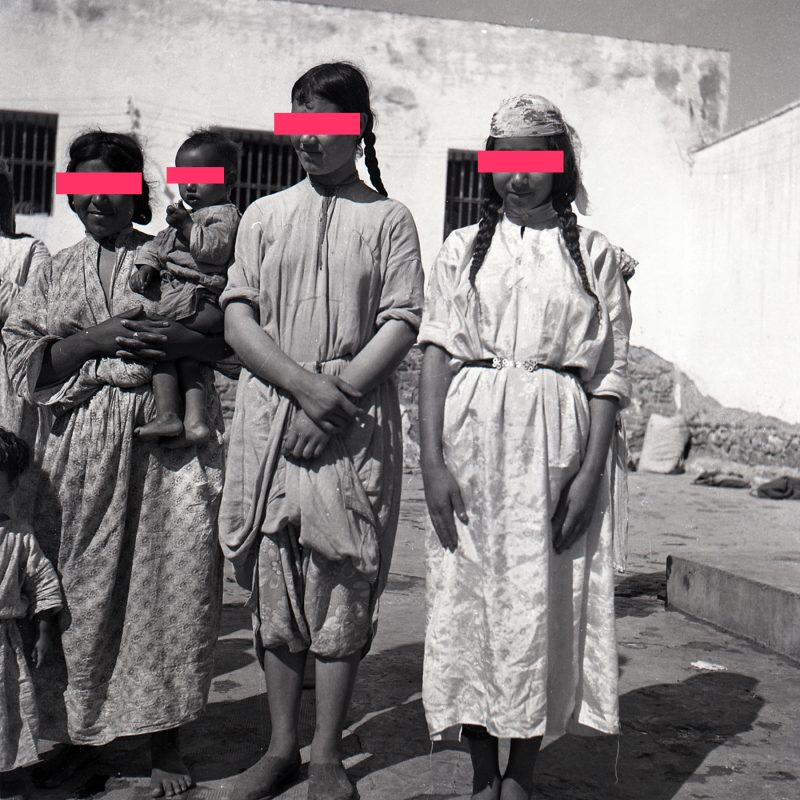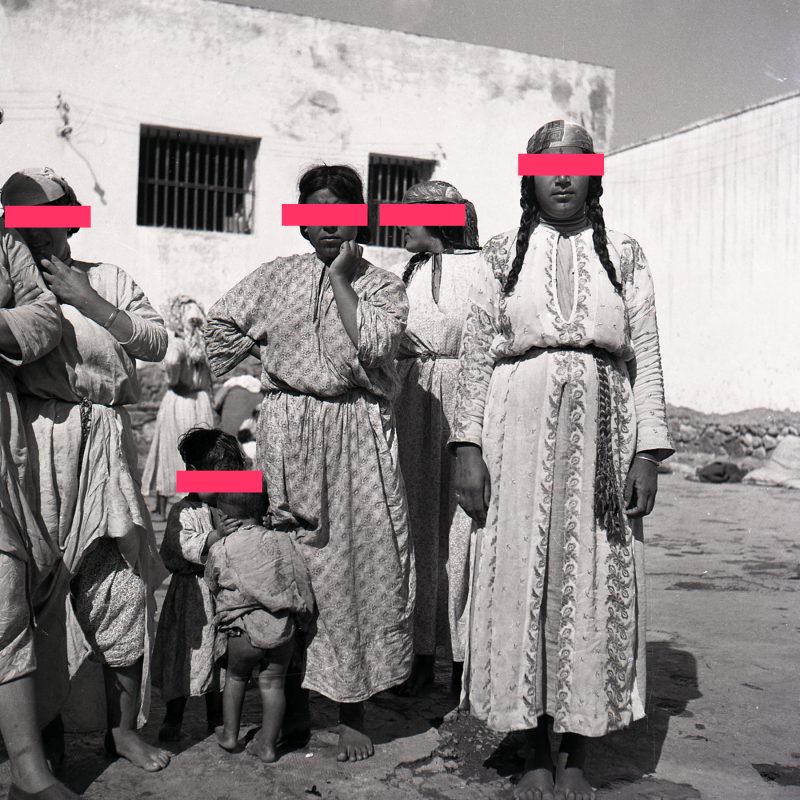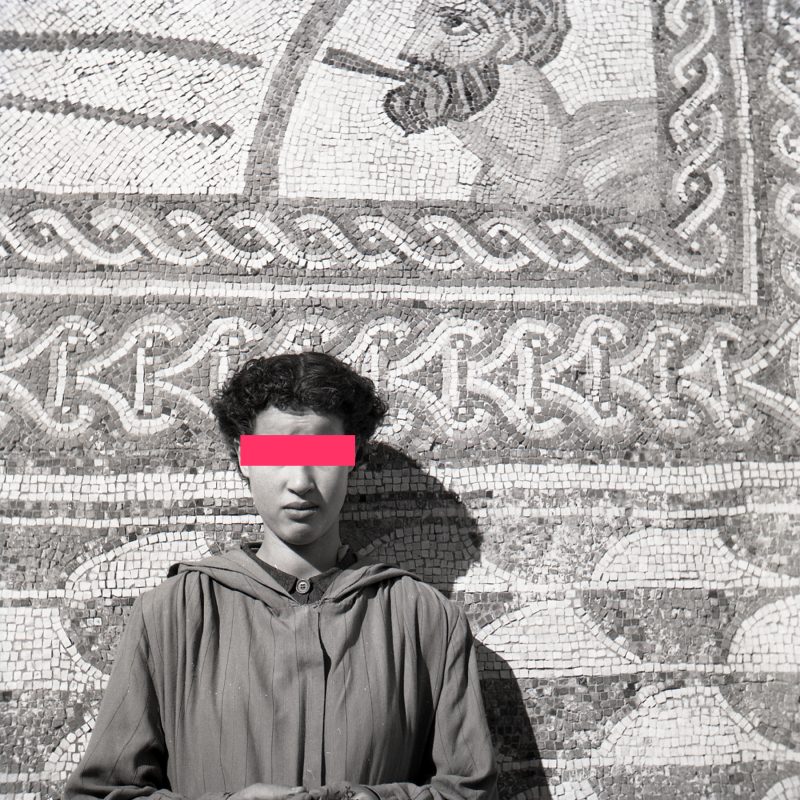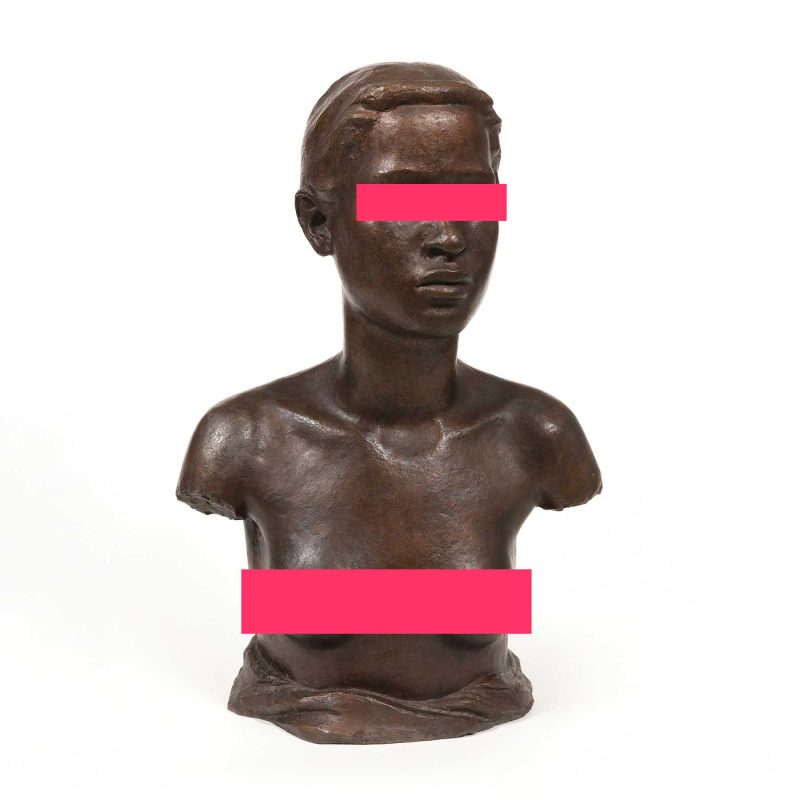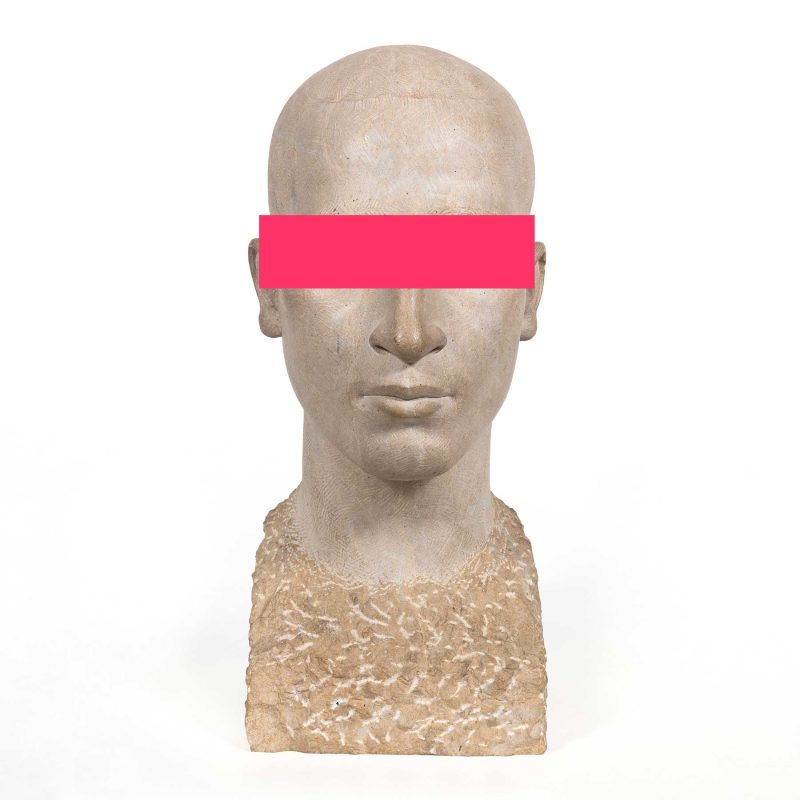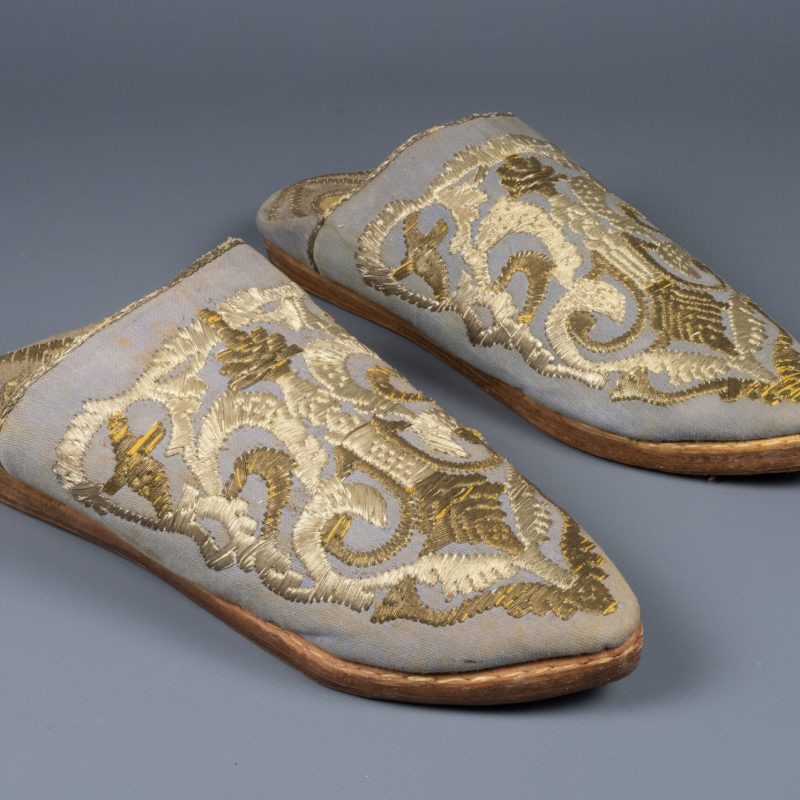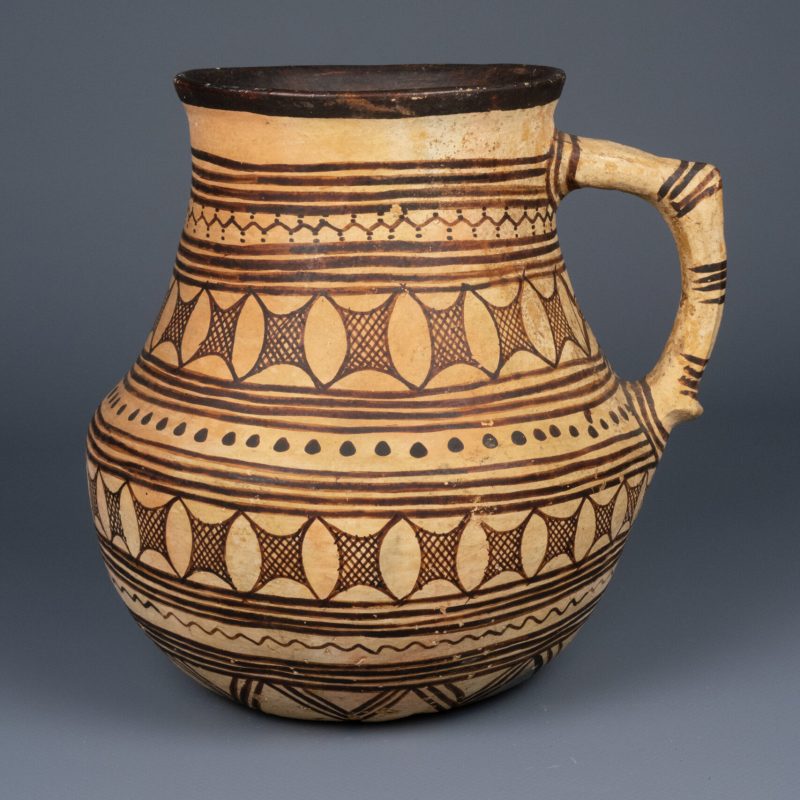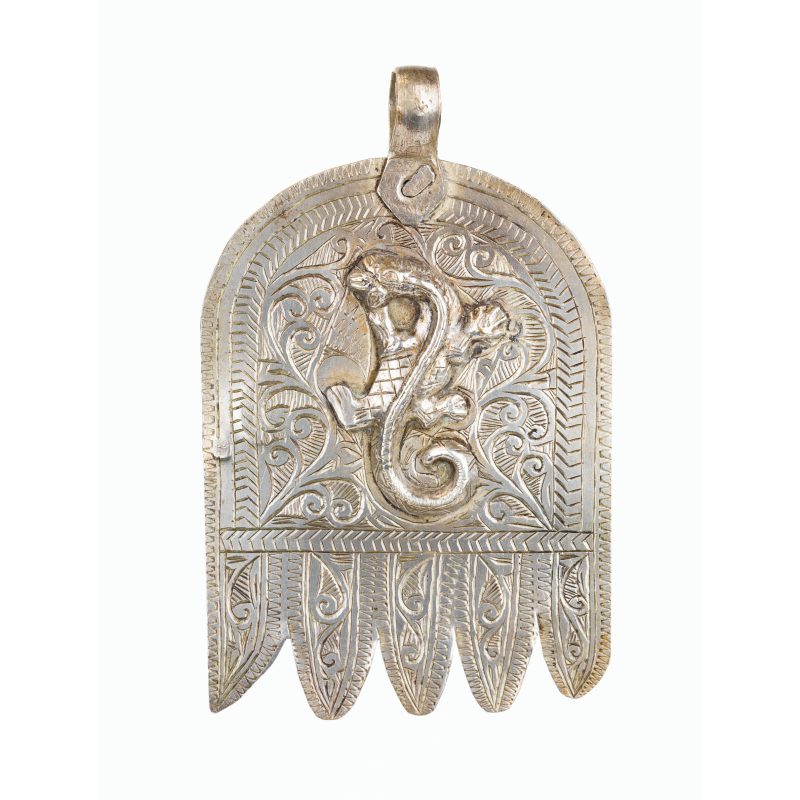Summary of results
Photograph of two girls in confinement on the roof of the Muslim women’s reformatory in Tétouan, taken by Eudald Serra, probably on 31 December 1955. These are two young women whom he had already met and photographed the previous year in the women’s prison in Nador, during the second expedition to the northern part of the Spanish Protectorate in Morocco, in April 1954.
Chronological reconstruction of provenance
The photograph depicts the rooftop of the Muslim women’s reformatory in Tétouan, a building that no longer exists, where girls who the colonial administration considered to be ‘reformable’ were confined. In his diaries corresponding to the third expedition, Eudald Serra is quite clear about the circumstances of the photographs taken at the reformatory: he says that, on the express recommendation of Tomás García Figueras—a key figure in the scientific and cultural activities carried out during the protectorate and at that time delegate for Indigenous Affairs—the expedition members visited the reformatory, meeting with the director, Enriqueta Colomer Hernández, in search of models for their sculptures (E. Serra, Travel Journals, 1947–1991). Indeed, on 31 December 1955, early in the morning, the director sent the girls up to the roof to line up in front of the expedition members. Everything seems to indicate that the photograph, plausibly attributed to Serra, was taken at that time. It is quite likely that, in an attempt to show off the young women, the director had also ordered them to wear festive costumes and to take musical instruments, tambourines, as in this case. Serra also states, in his diaries, that among the group of girls held in the reformatory he found two young women whom he had also seen the previous year, in this case during a visit to the women’s prison in Nador (E. Serra, Travel Journals, 1947–1991). In fact, the two girls portrayed in this photograph seem to coincide with two portraits taken in Nador prison in April 1954—Nos. 2669 and 24002, respectively—included in the same collection.
Serra returned at least once more to the reformatory during that expedition, on 3 January 1956, to take new photographs of the girls (E. Serra, Travel Journals, 1947–1991). On the other hand, the MuEC archive preserves a note from the director, Mrs. Colomer, dated 11 January 1956, addressed to Panyella, which testifies to the type of treatment the girls received at the reformatory. Mrs Colomer first regretted not having been able to organize a party in the reformatory itself in honour of the expeditionaries because she had to be absent to supervise the work on the future new reformatory, and then suggested to Panyella that if ‘you want me to send you [to the Archaeological Museum] the two girls or just one of them at three o’clock’ (MEB L128 07 06).
We do not have any elements to determine the identity of the two young women portrayed in the photograph. The image, taken from a large group of photographs of girls confined in the reformatory, is a testimony both to the practices of confinement carried out by the Spanish colonial administration and to the violence associated with the scientific and collecting activities linked to colonialism.
We are not aware that the photograph in question has been used in any of the exhibitions that the MEC/MEB/MuEC has devoted to Morocco over the years, with the exception of the recent report by López Bargados, A. and Martín López, S. (2022). Between souks and internment facilities. Itineraries and procedures in the expeditions of the Ethnological and Colonial Museum of Barcelona to the Spanish Protectorate of Morocco (1952–1956). Barcelona City Council.
The photograph was added to the MEC collection in January 1956, like the rest of the photographs in the collection.
Estimation of provenance
Tétouan (تطوان in Arabic, ⵜⵉⵟⵟⴰⵡⵉⵏ in tarifit, romanized: Tiṭṭawin), Morocco.
Possible alternative classifications
As for the museographic information on the piece, the existence of the Muslim women’s reformatory as a place of confinement in Tétouan and the systematic recourse that the MEC expeditionaries made to this type of space in search of models for the ‘anthropological sculptures’ that Eudald Serra made on behalf of the museum should be shown more clearly.
Complementary sources
Archives:
Arxiu del Museu Etnològic de Barcelona
Arxiu Panyella-Amil, caixa A7, expedient 5
MEB, L128 05 02
MEB, L128 06 07
MEB, L128 07 01
MEB L128 07 02
MEB, L128 07 06
Fundació Folch de Barcelona
Eudald Serra. Cuadernos de viaje, 1947-1991
Bibliography:
Etxenagusia Atutxa, B. (2018). La prostitución en el Protectorado español en Marruecos (1912-1956) (tesi doctoral). Barcelona: Universitat Pompeu Fabra.
Huera, C., i Soriano, D. (1991). Escultures antropològiques d’Eudald Serra i Güell. Barcelona: Fundació Folch i Ajuntament de Barcelona.
Mathieu, J., i Maury, P. H. (2013). Bousbir, la prostitution dans le Maroc colonial: ethnographie d’un quartier reserve. París: París-Méditerranée.
Mbembe, A. (2001). On the postcolony. Berkeley: University of California Press.
Taraud, C. (2003). La prostitution coloniale. Algérie, Maroc, Tunisie (1830-1962). París: Payot.
Valderrama, F. (1956). Historia de la acción cultural de España en Marruecos, 1912-1956. Tetuan: Marroquí.

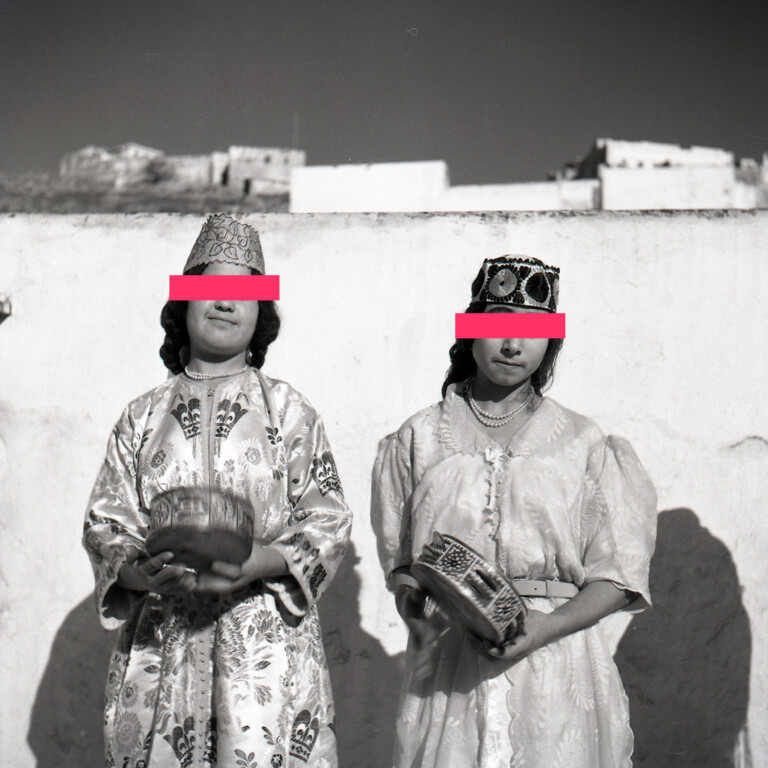
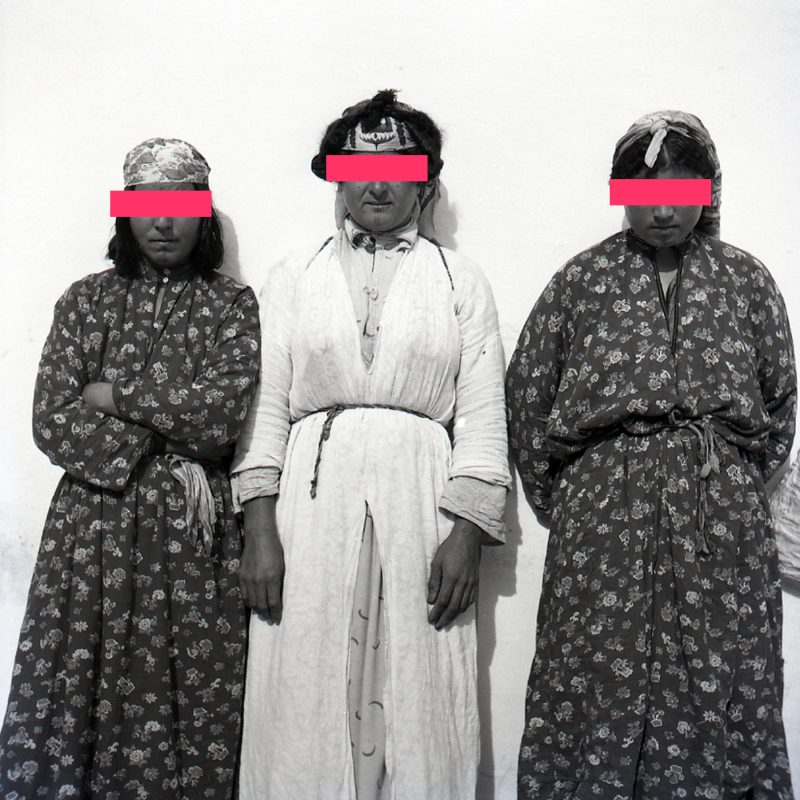
![2768v2 Sr. Serra modelant cap berber al taller del fotògraf [sic]; Xauen](https://trafricants.org/wp-content/uploads/elementor/thumbs/2768v2-1-r1s3naz0e9jpfdk332eci3myow1y18s3l4ttuptphc.jpg)
